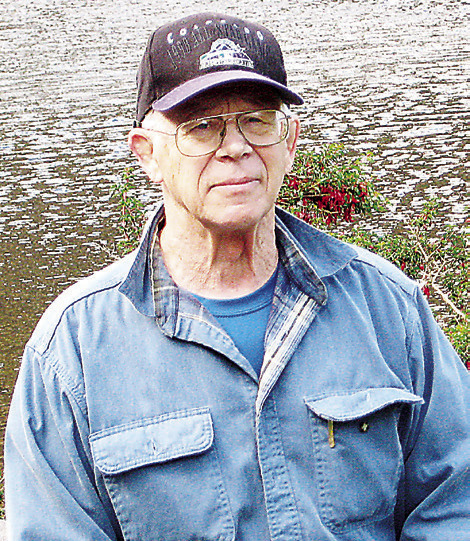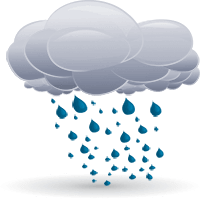After reading Colton’s article on the start of the off season in sports for local athletic teams, I tried to recall the runners off season. Most teams in a school or college are done for the academic year. In August the teams will start up again for the coming year. For runners the spring and summer are the in-season for running.
When November, December and January arrive, the number of road races drops down. If you wanted to say this is the off season of running you would be partly right. The season for 5K and 10K races slows down but the three winter months are when the marathon running season is alive and well. Marathons in San Antonio, Dallas, Houston, Woodlands and Austin as well as few others are now in season.
So trying to determine an off season for running is a little confusing. For a dedicated runner, there is no ‘off season’ as such. If the runner does not train or run marathons, the winter months could be called the off season.
There needs to be a little clarification about the term ‘off season’ versus ‘in season’. For elite runners it is very difficult to reach a high level of performance and maintain it for a long time frame. Most major track athletes had a year divided into three or four levels of training.
One part was the time when they were at the peak of performance and entered meets for competition. After the major track meets were over the next level was a rest and recovery period. Then a start of gradual build up to the start of next year’s track meets. As the major track meets were listed on a schedule the training intensified to once again reach that high level of performance.
Today much of this type of program is still followed to a degree. The one change is that the rest period is not a total absence of training but more of a training at a lower level.
The rest of the offseason is now a training season that is not as intense as the time when track meets are scheduled. I recall a few athletes that did a total rest from running with the idea that they would begin training after a couple of months and start the next year. The return to that previous level of performance in many cases was never achieved and times were slower than the year before. Some of this decline in performance had to do with aging. For a young athlete still reaching maturity the peak performance would be better than the year before. Muscles are stronger and the body is able to withstand the increase in training. As the athlete gets older, the recovery to previous level of performance is often never reached. This can be divided into two types of runners. Those athletes that are in events of speed and strength have a hard time returning to previous performance. The athletes that are in distance events such as a marathon seem to get better when they get older.
Older in this example is an athlete in their 30’s. Most marathon elite athletes seem to be in or around that age level. For sprinters after they get to the upper 30 year age group find it harder to compete with those athletes in their 20’s.
This is not always the case as there are some older athletes that still maintain a high level of performance. But as a whole, most elite or high level performing athletes that take time off never seem to be able to reach their previous level of performance when they get older. When an athlete reaches the age range in their 40’s and is still performing at a high level, it makes the news. That is why many sports have a Masters category when an athlete reaches 40 years old, aside from the regular professional events. Trying to maintain a high level of performance over a time period of 10 – 20 years is very difficult and takes a toll on the muscles and energy level of an athlete. Some sports are more favorable for athletes as they get older but if the sport has a component of speed and strength and fast reaction time it favors the younger athlete.
Recalling the past running events locally we had an upper age limit of 40+ years. We didn’t have a Masters category. At one of our races one of the “older” runners said we needed that upper age group to make it fair for the senior aged runners. We added a Masters category and upped our age group category to 60+.
It was a good addition because our events now increased in numbers with the senior aged runners coming to our races. Now we have an Overall champion, a Masters champion, a Senior Masters champion (50+ years), and a Grand Masters champion (60+ years) and the upper age category is now a minimum of 70+ years. In sports you just have to make allowances for athletes getting older.

Moe Johnson Running with Moe


